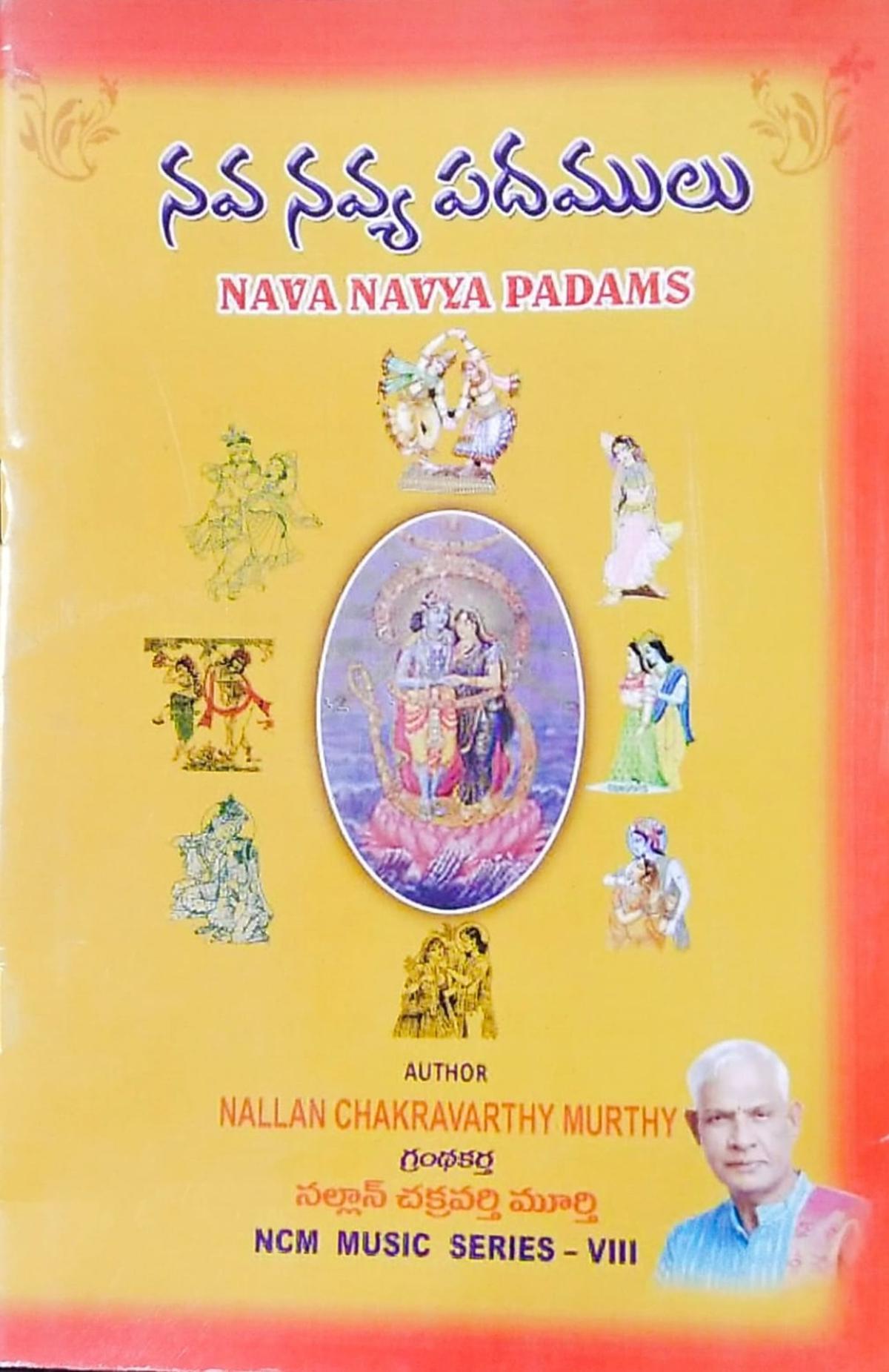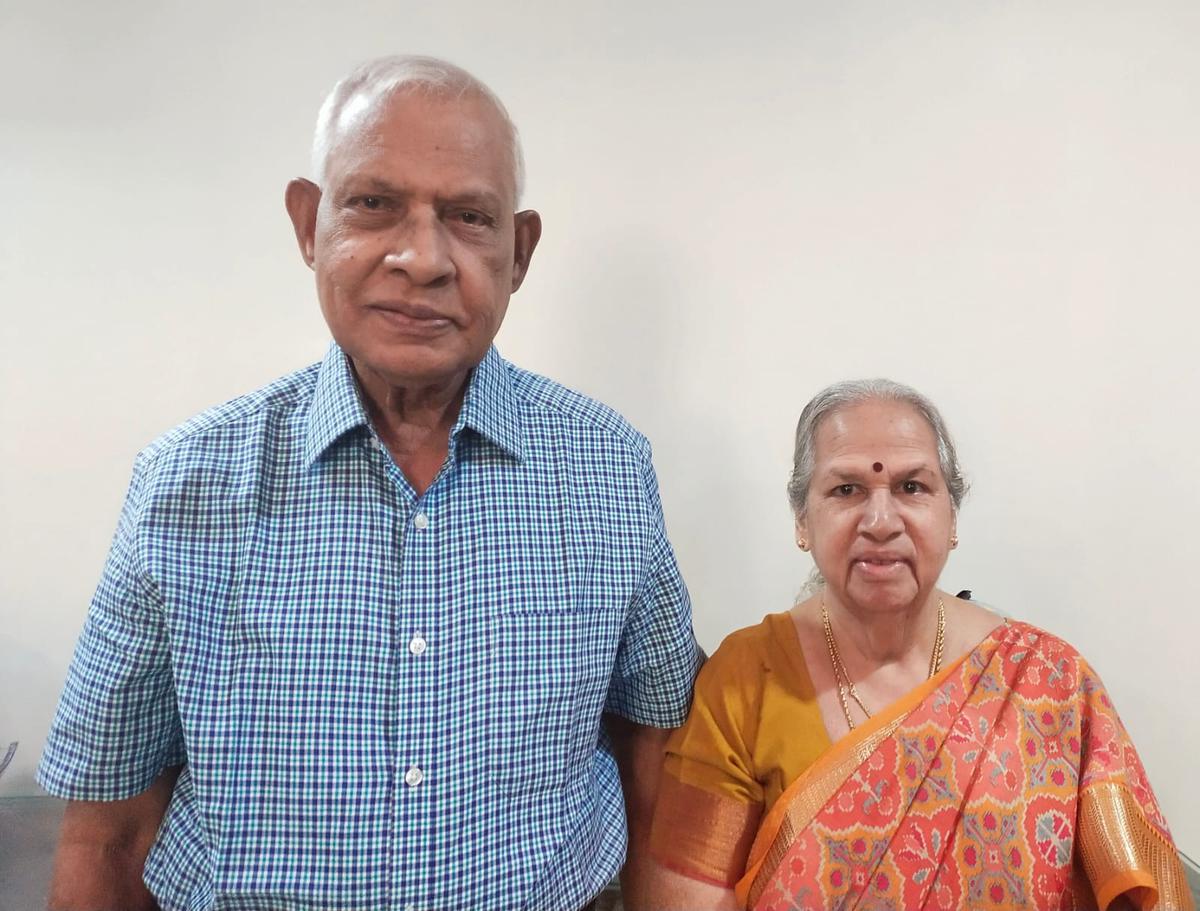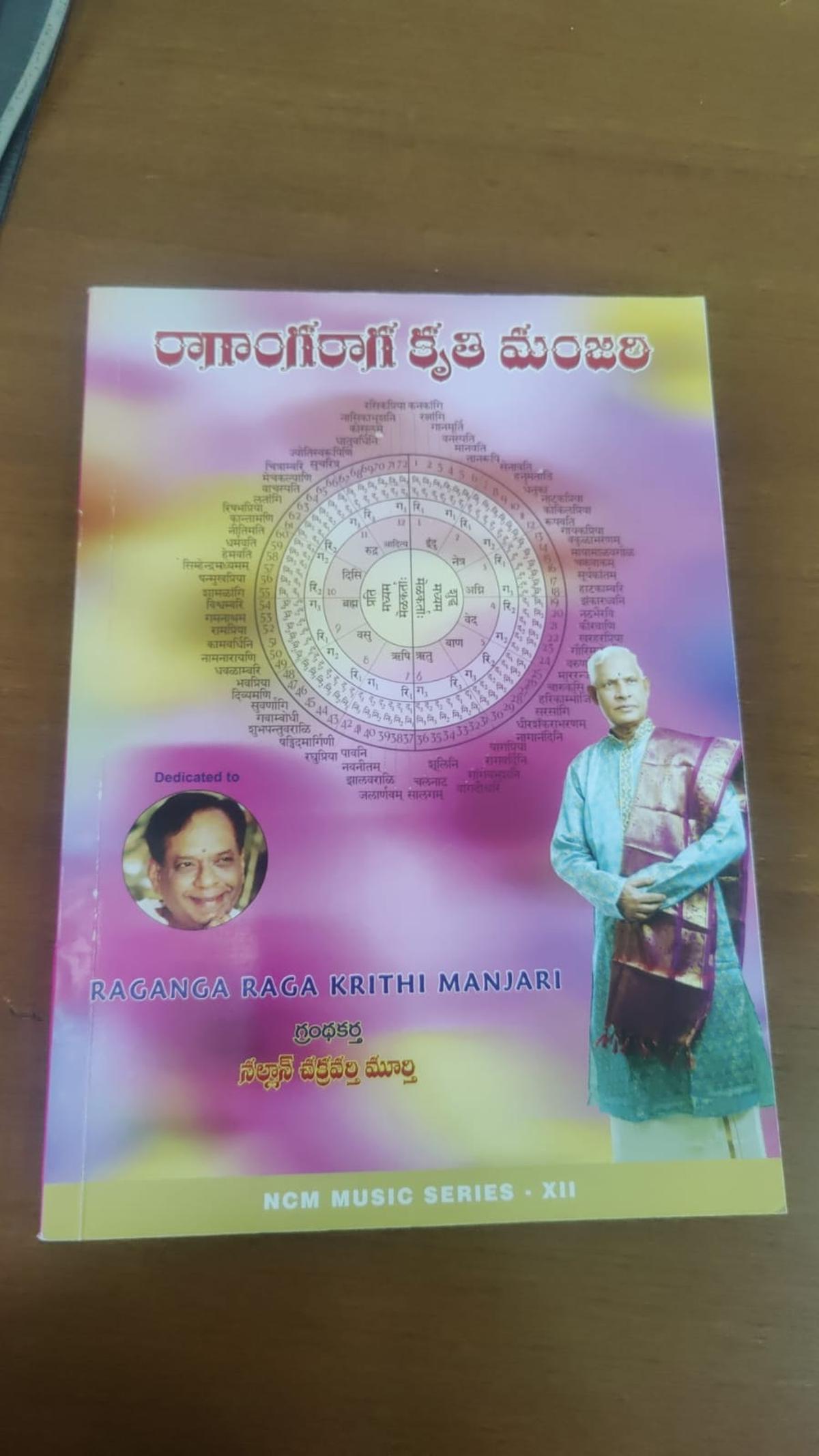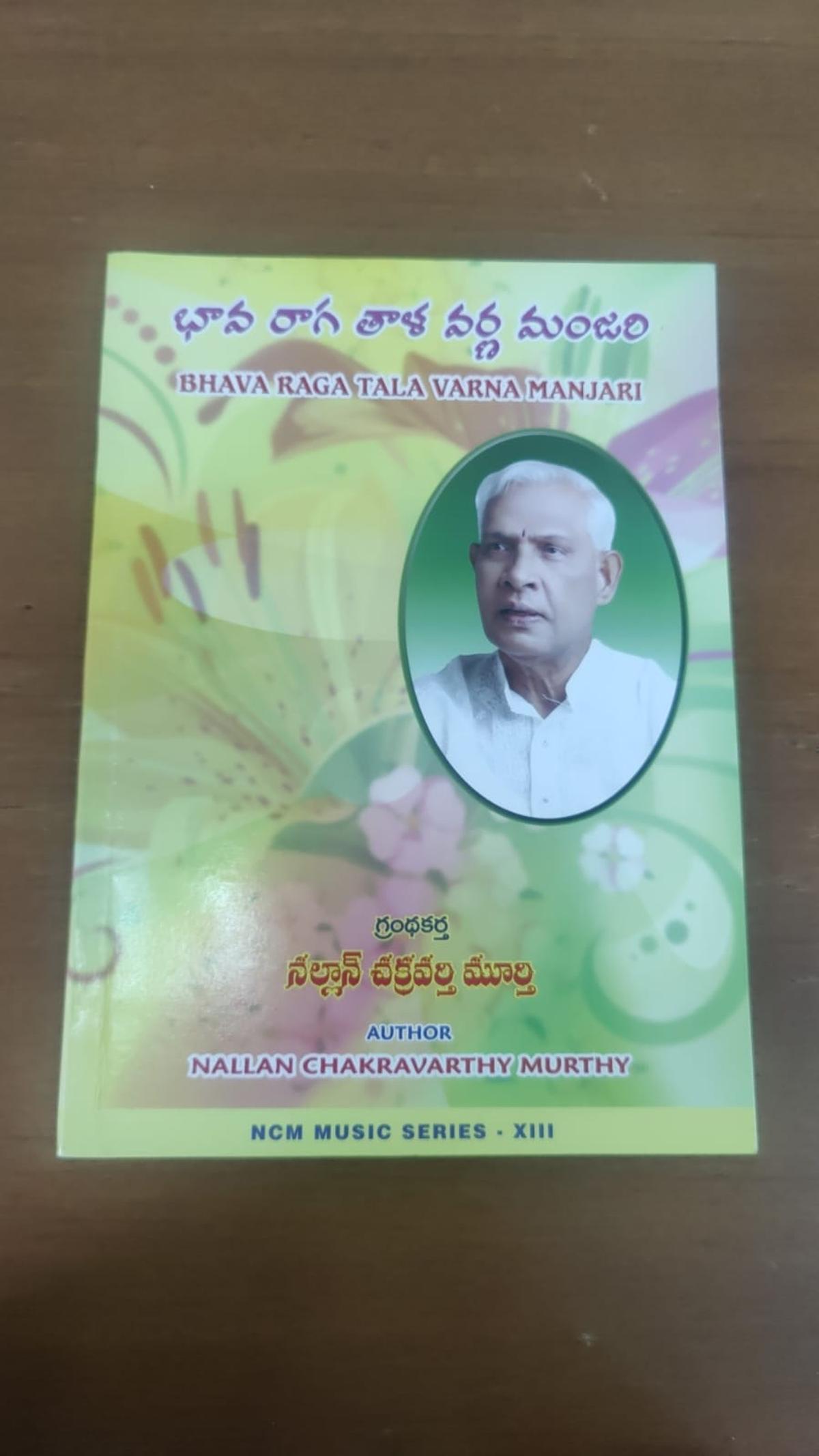
Nallan Chakravarthy Murthy
| Photo Credit: Special arrangement
Hyderabad-based vaggeyakara (singer-composer) and guru Nallan Chakravathy Murthy’s life has been devoted to science and Carnatic music. The scientist-musician now residing in Mumbai has been an explorer who has discovered remarkable gems in this journey of classical music. A powerhouse of knowledge, he speaks to learners, musicians and connoisseurs of music through his books.

Since his first book Janaka Raga Varna Manjari (containing tana varnams in 72 melakarta ragas) published in 2007, Chakravarthy has made an immense contribution to the field of Carnatic music.
On a brief visit to Hyderabad recently, the octogenarian met MetroPlus for a freewheeling chat on a balmy summer afternoon at his daughter Suvarna’s house in Moosapet.
He recalls enjoying music without being burdened by expectations while growing up in Hyderabad during the ’40s. As a teenager singing light music and film songs, he was spellbound listening to (late) Bade Ghulam Ali Khan and later, (late) Mangalampalli Balamuralikrishna in concert; that led him to become a disciple of (late) Nookala Chinna Satyanarayana to learn Carnatic music.
He admits that being a scientist (in 2000, he retired as deputy director at CSIR-Indian Institute of Chemical Technology, Hyderabad) aided his approach to research and extending boundaries of knowledge in Carnatic music; a relentless pursuit that continues even now.
Approach to music

With his wife NC Lakshmi
| Photo Credit:
Special arrangement
Chakravarthy explains, “My approach to music is in terms of ease of learning without sacrificing the sastra and technicalities to emphasise bhava.” As a guru — he takes virtual classes now — his focus is on clarity and the importance of expression. “ Manamu matlaade maata lo kaani paata lo kaani bhavam teliyaali (we should know the feeling in our speech or our song),” he says, citing the example of the line ‘Amma, annam pettave (Mother, give me food)‘. One can say this in a pleading, loving or angry way. When there is sensitivity and bhavam in expression, singing becomes soulful and not mechanical.”
His has a three-step formula for learners of classical music: Explore, Experience and Internalise. “This formula works in learning the nuances of any subject. When my mind becomes blank, I listen to my ‘ maanaseeya guru’’, Mangalampalli Balamuralikrishna, and follow these steps to rejuvenate. “
Books for music lovers and learners
Janaka Raga Varna Manjari
Ghana raga varna panchakam
Devi Murthy Nava Sudha Deepti
Navya Tana Varnamulu
Dwadasa Tillana Mala
Nutana Sata Keertana Swaravali
Apurva Raga Kriti Manjari
Navanavya Padams
Bhajeham Ganesham
Apurva Raga Kriti Manjari
Pracheena Raga Kriti Manjari
Raganga Raga Kriti Manjari
Bhavaraga Tala Varna Manjari
Chaturdasa Thillanamala
Vivadi Raga Sarala Keertana Manjari
An early riser, he takes a bath by 4 am and is ready for a two-hour session; a routine he has been following for many years now. “My mind is fresh and ready to gain knowledge during this Brahma muhurta; I consider this a class by Him as I only research and sing during this two-hour period. I do not practice music which already exists; I use the time to explore a new raga or composition,” he says and adds with a laugh, “I tell my disciples, if I feel lazy and don’t wake up, God sends a mosquito to bite me.”

Raganga Raga Kriti Manjari
| Photo Credit:
Special arrangement
Chakravarthy’s 15 books to date encompass myriad facets of Carnatic music. Besides having over 1000 novel compositions in kirtanas, thillanas and padams, he has created Tana varnams in 72 melakartas and padavarnams in ghana ragas which Mangalampalli Balamuralikrishna reviewed. Be it the Varnams (helping singers evolve faster) and Tillanas in Swaraantara ragas (containing only four swaras) or compositions using rare ragas, he is adept in light music with over 500 pieces in Telugu, Kannada and Hindi.
His wife NC Lakshmi has been a pillar of support in this musical journey. Interestingly, he also sang for Simhanandini (where the dancer draws the figure of lion with the feet), when his father-in-law and Kuchipudi dancer CR Acharya presented it for the first time at Shanmukhananda Auditorium in Mumbai in 1968.

Bhava Raga Tala Varna Manjari
| Photo Credit:
Special arrangement
He often shares his knowledge on social media hoping to inspire youngsters in the field. Publishing a book on Thillanas and recording more than 100 new compositions are among his plans but he says with a smile, “My age doesn’t allow me to travel far off to record these songs in studios in Mumbai; I am also looking for a disciple who can continue this pursuit.”
Stay connected with us on social media platform for instant update click here to join our Twitter, & Facebook
We are now on Telegram. Click here to join our channel (@TechiUpdate) and stay updated with the latest Technology headlines.
For all the latest Entertainment News Click Here
For the latest news and updates, follow us on Google News.
